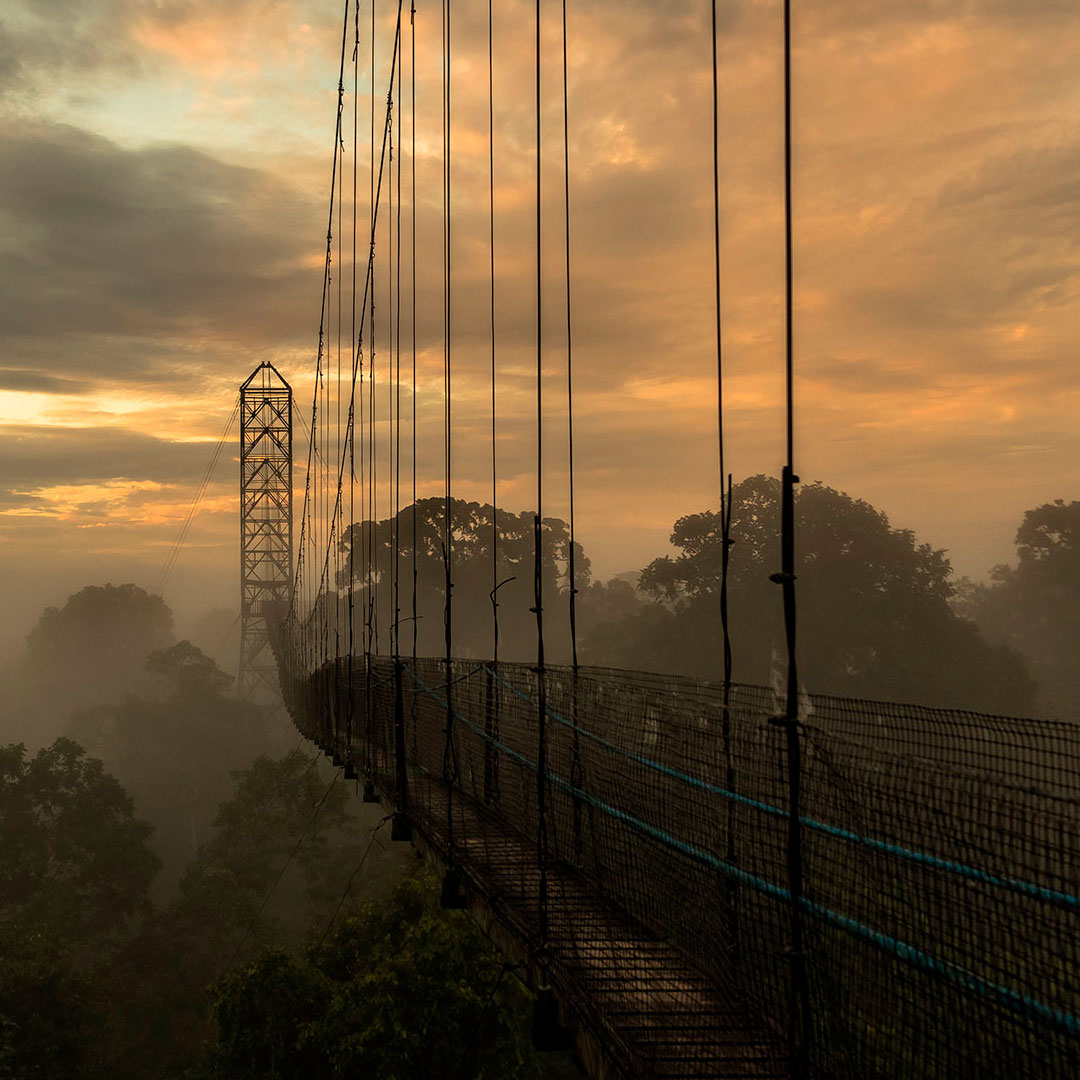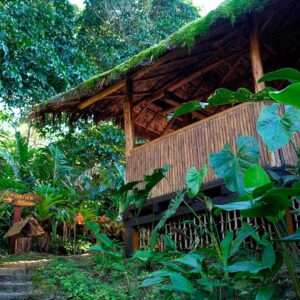Mesmerizing Species
Ecuador’s compact size is offset by the incredible variety of landscapes and wildlife found within its border lines. When getting to the deep jungle, you’ll be arriving in the Amazon of Ecuador, one of the most bio-diverse areas on the planet.
Yasuni National Park, a 3,800 square mile swath of forest area a few hours south of Coca-Cola, is home to over 500 different bird species, 200 different mammals, and over 100 different reptiles and amphibians.
Wildlife
- Venezuelan Red Howler Monkey: these monkeys can be found from Venezuela to Brazil, alerting tourists to their presence with profound growls early in the day and while the sun is setting. They have the most powerful call in the New World, which can be heard two miles away.
- Pink River Dolphin: dolphins can be found on day excursions by canoe on Amazon tours in the tranquil lagoons and rivers. They usually move in groups and smack the water’s surface in unison before diving in search for fish.
- Gekos: annually, naturalists seek out new animal species in the jungle. A new species of gecko, tiny enough to fit on the end of a pencil, was discovered in Ecuador in 2010. The brightly colored creatures are frequently seen alongside turtles laying on the logs, rock formations, and coasts of the Oriente’s tributaries.
- Caimans: Ecuador has four caiman species: white, brown, black, and crowned dwarfs. These caimans are night time animals that can be seen after dark on excursions along the banks of the jungle’s swampy rivers. The black caiman is the Amazon’s largest predator, reaching lengths of up to twenty feet.
- Capybaras: these animals are the world’s largest rodents, they usually climb through the forest along the pathways beneath the canopy, staying close to the water. Capybaras avoid the heat by relaxing in wet areas during the day and could indeed stay underwater for up to five minutes to avoid predators.
- Three-Toed Sloth: they are the world’s slowest animal and are frequently observed in the tree branches along the Amazon’s trails and rivers. Because of extra vertebrae in their neck, the sleepy animal has an advantage in the treetops where they can turn their heads 270 degrees.
Make sure to carry a camera with you so you can picture these outstanding animals! Or just keep an eye to seek for them.





